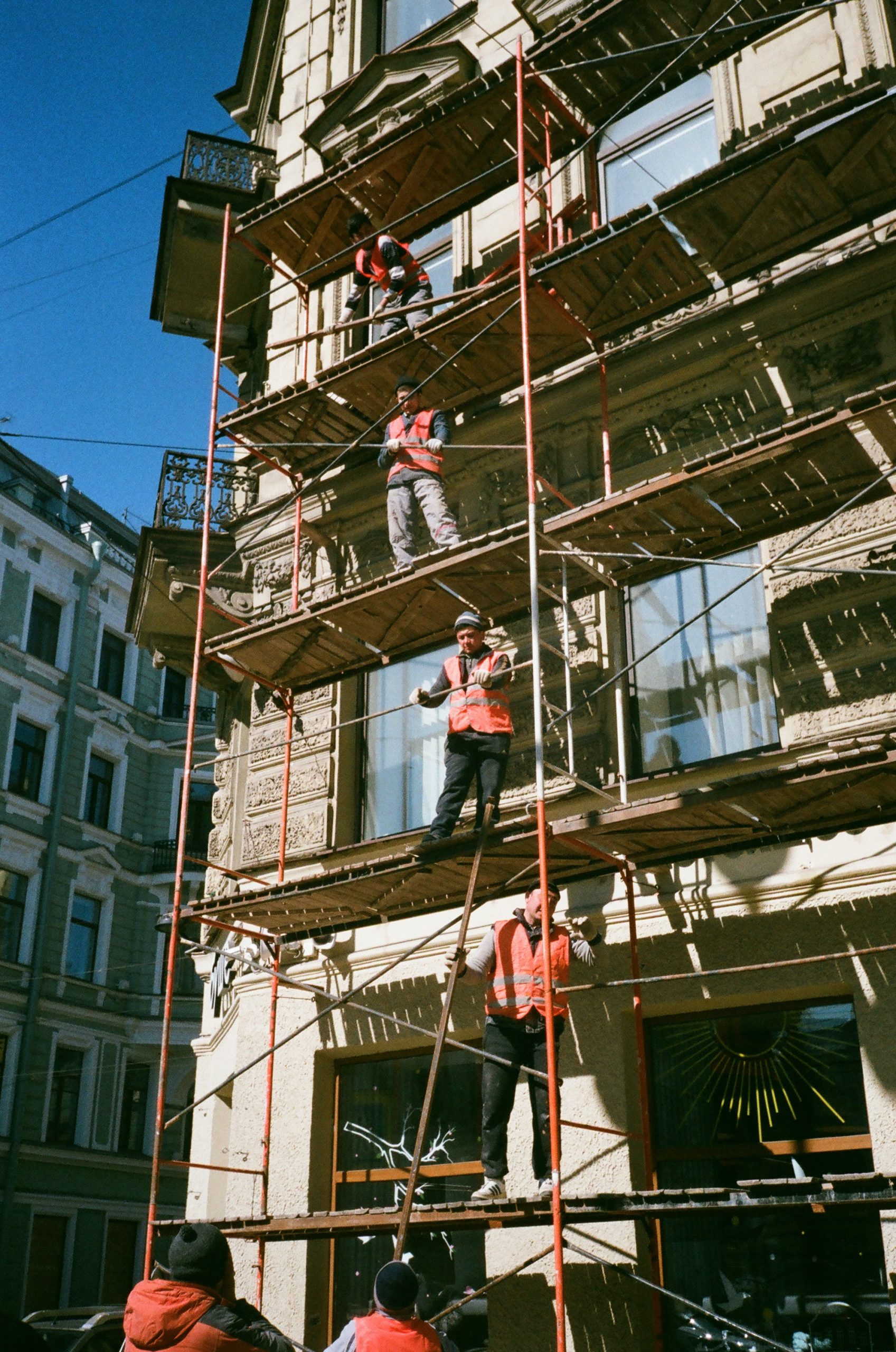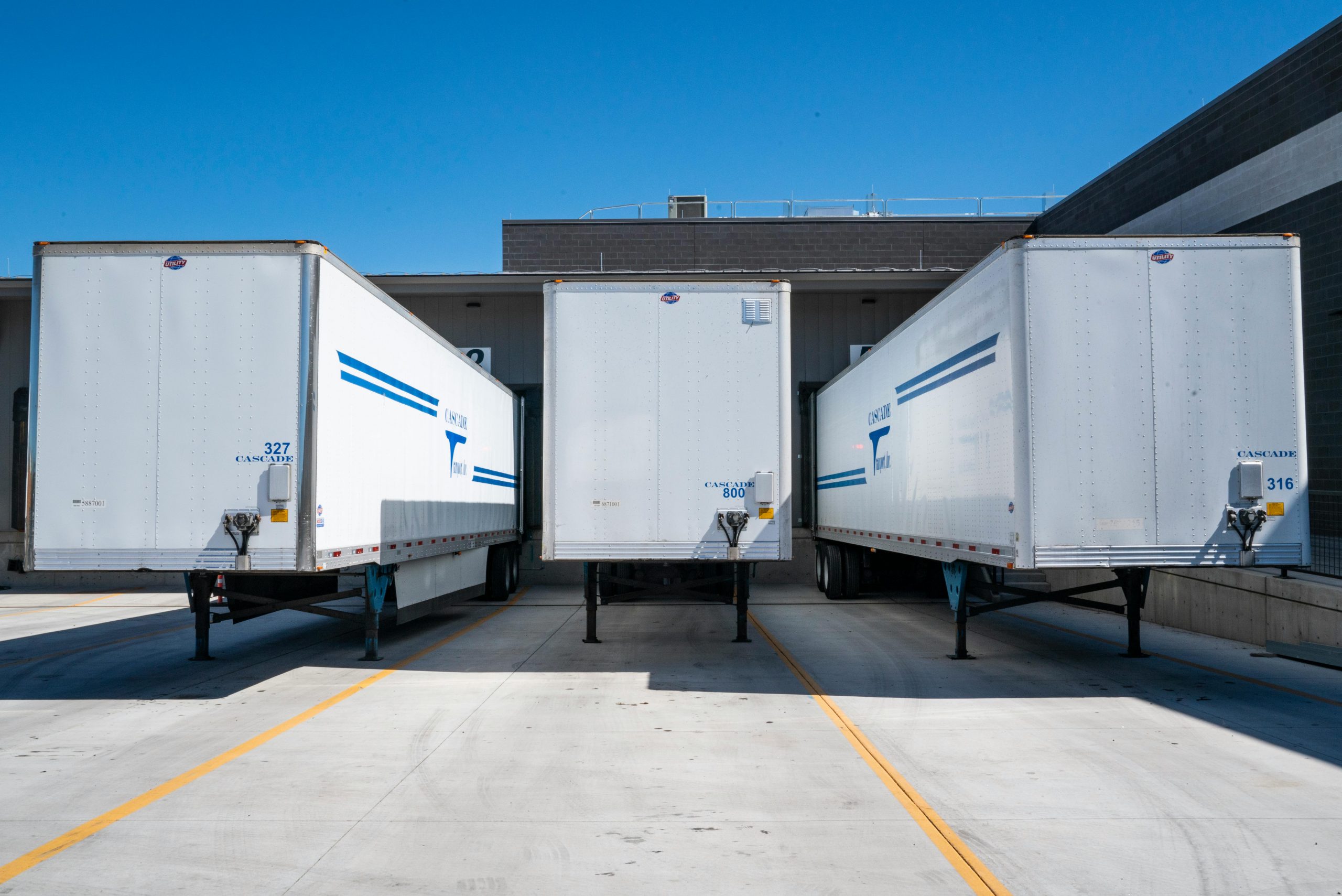- As we have discussed previously, the City of Austin’s plans to expand the airport have been stalled by its fight with the airport operator.
- Earlier this year, Lonestar Airport Holdings won a $90+ million judgment from the City to condemn its property.
- The City and LoneStar have now agreed on an $88 million settlement of that lawsuit.
I enjoy writing articles that update previous articles. Especially when they bring potentially good news. Is this week’s update good news? I guess that depends on from who’s perspective we are looking at this. Its certainly good news for Lonestar Airport Holdings. Maybe less so for Austin taxpayers.
I have written previously about Austin’s plans to expand its airport and the struggles it has run into. It has faced significant hurdles to the proposed expansion – especially with the South Terminal. Well this week it looks like the City Council has finally cleared one of those majore hurdles. So lets talk about it.
Expansion of the Airport Faced Obstacles
As you know, Austin has experienced exponential growth in recent years. To accommodate the this growth, the City has a planned airport expansion to be completed by 2040.
Austin-Bergstrom International Airport (“AIBA”) has long been an essential gateway for travelers to and from Austin. With the city’s population booming and tourism flourishing, the airport’s infrastructure has struggled to keep pace with the rising demand. Currently there are only 34 gates to accommodate an MSA with approximately 2.3 million people. The much needed planned expansion aimed to address the growth by enhancing existing facilities, expanding terminal capacity, and improving passenger amenities.
The 2040 Master Plan is projected to accommodate an expected 31 million passengers annually through ABIA by 2040. To meet this demand, Austin plans to expand to 64 gates by that time – almost doubling the current ABIA capacity.
In addition to the gate expansion, they also plan to make major renovations to the current main terminal. This will include upgrading the terminal and making it more accessible for the increase in passengers.
Finally, they also plan to add ten new gates to a new midfield concourse – with it ultimately growing to 32 total gates.
We can argue over whether these measures are sufficient for the growth we will see in the future. I suspect that will just help us tread water. But at least there is a plan to expand. That plan, however, has been stalled because of issues with the South Terminal.
Problems with Lonestar Airport Holdings
When the South terminal was first built, Austin and Lonestar Airport Holdings agreed to a forty-year lease for Lonestar to operate the South Terminal. Austin wants out of the lease so that it can expand the airport. But, of course, Lonestar does not want to let Austin out of the lease without getting paid what it is owed. As a result, the City decided to use its power of eminent domain to acquire the South Terminal, which was privately run. And that’s where our story picks up.
When using its power of eminent domain, the usual process is the condemning authority (in this case, the City of Austin) will make an offer for the property. And if the property owner does not agree, fight the condemning authority on what the market value of the property is. The first step is usually a hearing before the panel.
In this case, Austin offered Lonestar $1.95 million for the property. Lonestar objected to this. As a result, they went to a hearing before a panel last week. After hearing from both sides, the panel ruled that the City of Austin would have to pay $90 million to Lonestar for the property. That is 45 times what Austin originally offered.
Austin and Lonestar Agree to Settlement
Well this week, it appears the sides have finally reached a settlement on the lawsuit and a payout of the contract. The Austin City Council approved an $88 million settlement amount with Lonestar.
With this settlement, Lonestar will be bought out of its 40 year lease of the South Terminal. And control over it will revert back to the City. It will continue to operate it until the terminal is rebuilt in 2025.
And like that, the expansion plans are back on. And not a minute too soon – because we are certainly going to need the additional space.



